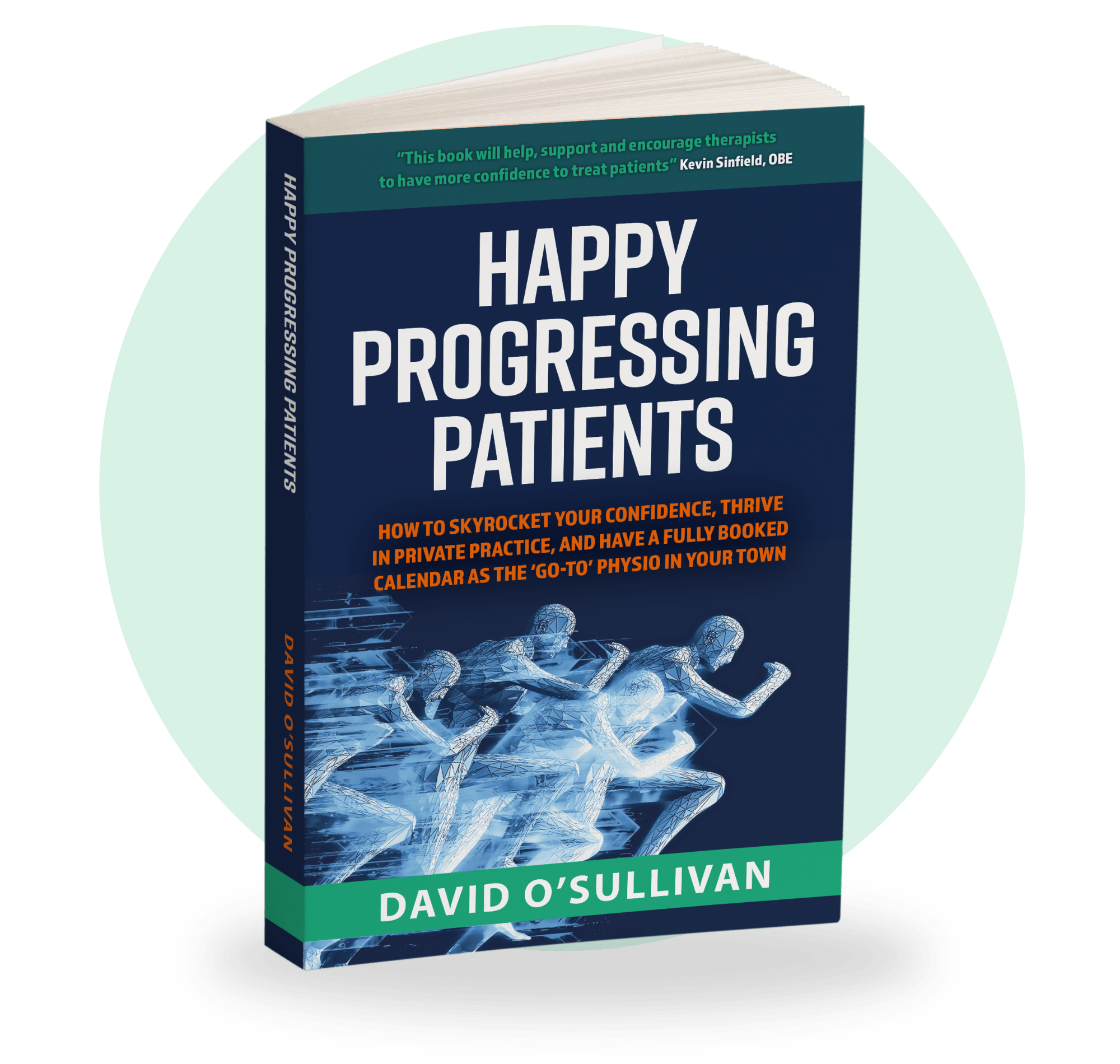
The 6 Principles of Deliberate Practice for Every Rehab Exercise
From mentoring 100s of other therapists on my mentorship I’ve learned that a lot of therapists struggle with rehab programs. Most are very generic, throwing in a few sets of glute bridges with a few stretches and hoping for the best. Having been lucky enough to work with some excellent therapists and S+C coaches in professional sport it was always important to me that my rehab programs followed these 6 principles to ensure I wasn’t just throwing everything at the wall and hoping something sticks. Sticking to these ensures that every rehab program achieves what I need it to and I get consistently good results.
Principle 1: It is designed to improve performance
Every rehab exercise should be specifically aimed at improving whatever objective markers you are using. If you’re using toe touch to measure progress with a back pain patient, for example, then your rehab exercise should be directly aimed at improving their ability to perform this movement. All too often I see rehab exercises prescribed that have no resemblance whatsoever to the movement that the therapist is trying to improve. Rehab needs specificity to get the best results.
Principle 2: It is repeated a lot
Most people in pain need more coordinative input that strength training. Usually there’s a coordinative problem that’s leading to certain tissues becoming overloaded, sensitised, and painful. Our rehab, therefore, needs to be repeated little and often to overcome this coordinative problem. It’s not about 3 sets of 6 twice a day, we need rehab exercises that can fit seamlessly into your patients everyday movements that they are going to be able to do little and often. The more we can achieve this the easier it is to get results, and adherence becomes less of a problem.
Principle 3: Feedback on results is available
We should be able to get relatively instant (or at least very quick) feedback on whether the exercise is having the desired effect. I use some simple awareness drills to ensure my exercises are doing what they say on the tin which I teach on my mentorship, but you need something to give you the confidence that the exercise is doing what you need it to. This allows for trial and error, as you have the evidence when something is working, and more importantly when it’s not and can move on quickly rather than wasting a week on a pointless exercise.
Principle 4: It’s highly demanding mentally
This one is especially important for athletes. If the task isn’t challenging enough for them they will not see the value in it. Simple exercises can be very challenging if they are specific to the person’s problem. Simple ways to increase the demand is to challenge the base of support, and increase the speed / load variables.
Principle 5: It’s hard for the patient
As well as being demanding mentally, it needs to be difficult for the patient to do. The nervous system doesn’t learn from the exercise if it’s too easy. We need to make sure we challenge them enough that they improve (but not too much that they get worse).
Principle 6: It requires good goal setting and aims towards an ideal outcome
Each exercise needs to make logical sense and should be a logical progression towards the ideal outcome. If you have a runner and you’re spending loads of time deadlifting to strengthen the hamstrings, they may or may not see how that will transfer to running. On the other hand, if you’re doing a lot of hopping drills with them, they should easily see how this will benefit their running. This is important as the sessions progress that the exercises are starting to more resemble whatever the patient’s ideal outcome is.
Get Your FREE Copy Of The Amazon #1 Bestseller That Holds The Secret To Confidently Treating Any Patient!
Download a Free ‘ebook’ copy of the 8-Step ‘World Cup’ Treatment Plan that helped my private patients achieve full recovery and made me a ‘go-to’ physio for complex cases…
